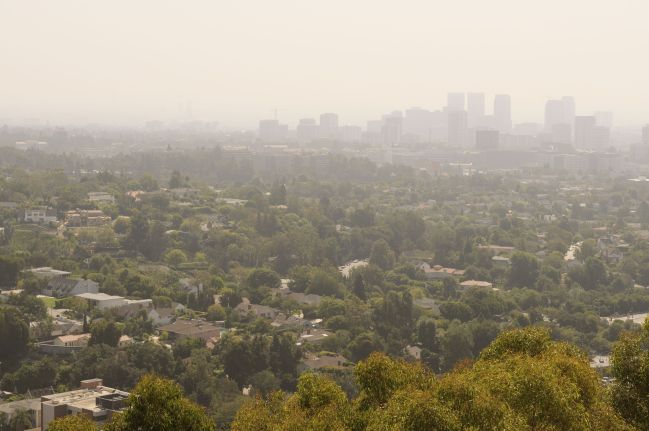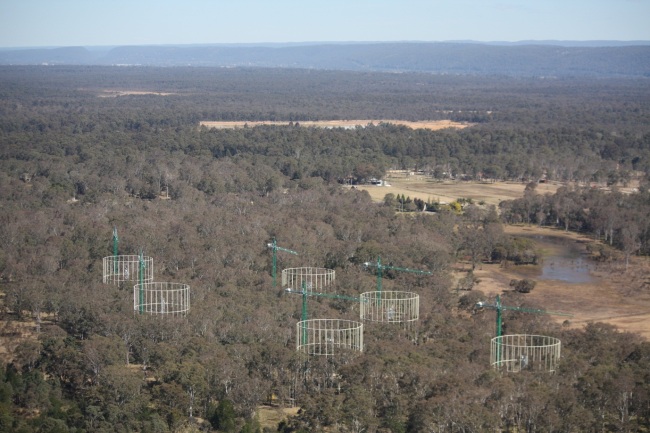Day three of southeast-England-in-the-murk, and still a pool of smoggy gloom catches your throat and wipes out the middle distance. This little week of blogs, with which I had hoped to engage with the large-scale and chronic challenges highlighted by the University of Birmingham’s Saving Humans theme, has — in the event — mutated into reflections on a local and acute threat to health and well-being. Such a change of focus may actually be for the better; perhaps through learning what pollution ‘feels like’ the debate about how to ameliorate the pollution that surrounds us every day can be reignited.
My suspicion is that there is a window of opportunity in public engagement with issues that are difficult to perceive directly most of the time. If nothing brings air pollution to our attention — really, tangibly to our attention — then we have to rely on expert opinion and ‘white-coat fatigue’ can set in. If we have to struggle through a pea-soup of pollution each and every day then it becomes easy to regard it as unavoidable and irremediable. But, in communities in which public engagement counts, sudden and perceptible reductions in quality of life can cause a commotion and galvanise governments into action.
Having issued the smog alerts and kept the message simple, scientific commentators are now beginning to fill-in some details. The analyses may, in the end, change our diagnosis of the event quite radically, reducing the role of Saharan dust and increasing the role of chemical production of particles in air travelling to us from Europe. A more complete diagnosis will enable policy-makers to consider options to minimise the risk of a repeat of these conditions in the future. Controlling local pollution would improve our chronic exposure to pollution and provide a little more ‘head room’ within which natural particle loadings and long-range transport of pollution can vary, but car bans and the like are unlikely to be a useful measure in the middle of episodes. International action to limit emission of the gases that react in the atmosphere to form particles looks to be necessary. Certainly we should not accept that there is nothing we can do simply because the particles did not, in the main, originate from within our borders.
International environmental regulation has enabled us to avoid catastrophic damage to the ozone layer and has outlawed many environmentally persistent poisons. Where, as in these instances, technological ‘fixes’ to industrial processes reduce the emission of pollutants, the chances of binding international agreement seem relatively high. Unfortunately, for smog, improving engine efficiency and fitting stack and tailpipe filters only gets us so far; human behaviour can subvert our best efforts. To go the next step towards clean air requires joined-up ‘systems thinking’ that, as the Intergovernmental Panel on Climate Change advocated this week, seeks win-win-win solutions, recognises that there will be unintended consequences, and privileges a love of life over incomplete measures of cost and benefit.
Professor Rob MacKenzie is Director, Birmingham Institute of Forest Research and Professor of Atmospheric Science, School of Geography, Earth and Environmental Sciences at the University of Birmingham.

